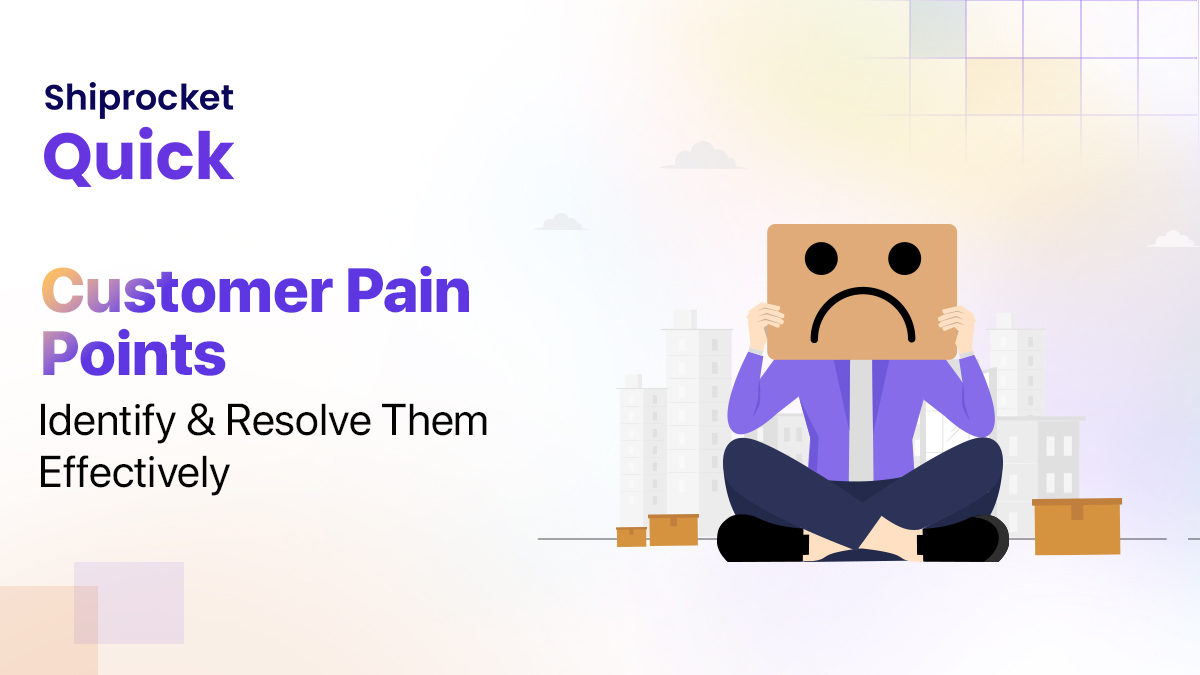What Are The Limitations Of eCommerce Businesses
- What Are The Top Disadvantages And Limitations For eCommerce Businesses?
- 1. People’s Resistance
- 2. Lack of Privacy
- 3. Tax Issue
- 4. Fear
- 5. Product Suitability
- 6. Cultural Obstacles
- 7. High Labour Cost
- 8. Legal Issues
- 9. Technical Limitations
- 10. Huge Technological Cost
- 11. Delivery Guarantee
- 12. Cybersecurity Threats
- 13. Marketplace Fee Structures
- 14. Customer Retention
- 15. Supply Chain Disruptions
- 16. Regulatory Compliance
- 17. Returns and Refunds Management
- Conclusion
eCommerce has become one of the most popular mediums of transactions in recent years. While it does offer quite a lot of benefits to both buyers and sellers, it is not totally free from disadvantages. By having an idea of the limitations, we can address them and come up with a solution.
What Are The Top Disadvantages And Limitations For eCommerce Businesses?
1. People’s Resistance
One of the main limitations of eCommerce is data security and privacy. In most cases, people are hesitant to provide their personal and financial details in spite of advanced data encryption security systems in place.
Moreover, there are some websites that do not have the capability and features installed to authenticate transactions. As such, there are instances of fraudulent activities. The fear of providing financial information like credit card details hinders the growth of eCommerce.
2. Lack of Privacy
To some extent, the privacy of a customer is compromised in eCommerce. You need to provide your personal details, such as an address, telephone number and so on to the seller. There are still lots of sites that do not have the advanced technology to protect sensitive information. Moreover, there are also sites that illegally collect consumer statistics without permission. This is one reason why people get sceptical while using eCommerce.
3. Tax Issue
In the case of different geographical locations, sales tax becomes an issue. Many a time sellers have faced problems in the computation of sales tax. Moreover, physical stores have a risk of losing business if online transactions are exempted from taxation.
4. Fear
In spite of the popularity, there still resides an element of doubt in the minds of people when it comes to online shopping. This is because the customer cannot physically examine the product and is not sure about the features and attributes. This is why a lot of people prefer shopping from physical stores.
5. Product Suitability
As already mentioned, it is not possible for people to physically examine the product in eCommerce. In many cases, the original product may not match the picture or specifications on the eCommerce site. This absence of ‘touch and feel’ creates a discouraging effect.
6. Cultural Obstacles
As the process of eCommerce encompasses customers across the globe, the habits, traditions and cultures differ. There may also be linguistic problems and all these may lead to issues between the seller and buyer.
7. High Labour Cost
In order to get the whole eCommerce and delivery process right, a specialized workforce is required. To get all these in the right shape, companies have to shed a good amount of money and employ a talented pool of people.
8. Legal Issues
A lot of legal compliances and cyber laws need to be taken care of in an eCommerce business. These regulations may vary from country to country. All these reasons deter businesses from going electronic.
9. Technical Limitations
eCommerce requires advanced technology platforms for better performance. Some limitations, such as lack of proper domain, network and software issues and so on can affect the seamless performance of an eCommerce site.
10. Huge Technological Cost
Last but not least; a lot of money needs to be invested to be built up the technical infrastructure needed to run an eCommerce business. Moreover, they need to be upgraded to keep abreast with the changing technology.
11. Delivery Guarantee
Many people fear that their product might not be shipped or the website might be a fraud. Businesses need to work to build customer trust with reviews, testimonials, and reliable shipping options, including offering instant delivery to enhance credibility. In order to minimize these limitations, an eCommerce business should have a proper business plan and implement it with effective strategies.
12. Cybersecurity Threats
eCommerce businesses and cybersecurity threats are hard to separate. Businesses face an ever-evolving landscape of cybersecurity risks, including data breaches and hacking attempts. Safeguarding sensitive customer information and protecting the integrity of online transactions are ongoing challenges.
13. Marketplace Fee Structures
If you operate your own website, mobile app, or a similar platform, you may not need to be concerned about this issue. However, for those who sell their products through eCommerce marketplaces, it’s common to face charges associated with listing products and facilitating sales. Getting a comprehensive understanding of these fee structures and finding ways to optimize them can significantly influence profit margins and enhance overall competitiveness.
14. Customer Retention
Getting new customers can be challenging, but retaining them is often harder. While the acquisition of new customers holds its significance, the retention of existing ones is equally important.
The continuous effort to develop enduring customer relationships through loyalty programs and exceptional service remains an essential and ongoing commitment.
15. Supply Chain Disruptions
Disruptions in any step can pose a threat to an eCommerce business, but issues within the supply chain can have a particularly severe impact. These issues may come from factors such as natural disasters, transportation challenges or global crises, leading to substantial effects on product availability and delivery timelines
To offer continuous service to your customers and maintain a competitive edge, it’s essential to proactively avoid disruptions for as long as possible. This may require the development of robust contingency plans to effectively navigate such challenges as and when they come.
16. Regulatory Compliance
Following regulations is vital in eCommerce, but they can sometimes limit businesses. You need to adhere to complex rules and industry standards to stay out of legal trouble and protect your reputation. It’s important to find ways to comply while continuing to grow.
17. Returns and Refunds Management
In eCommerce, returns and refunds are par for the course. While they can’t be eliminated, you can manage them to reduce losses. You should implement efficient processes and policies, ensuring customer satisfaction and minimising financial impact. Also, work to identify and address the main reasons for returns
Conclusion
In the eCommerce industry, there are challenges, much like any other sector. These challenges include security, privacy, rules, and online safety.
There are also issues with taxes, different cultures, and people feeling unsure about shopping online. Problems like ensuring the right products, retaining customers, and managing disruptions in product delivery also have a significant impact.
However, there are ways to address these challenges. eCommerce businesses can enhance online security, implement smarter pricing strategies, introduce loyalty programs, and have contingency plans for when issues arise. Additionally, working to reduce returns and refunds is essential.








